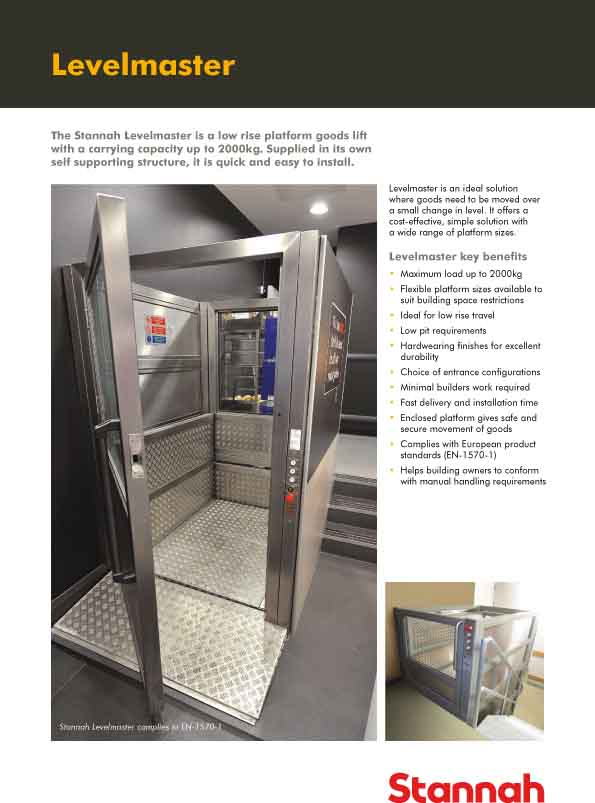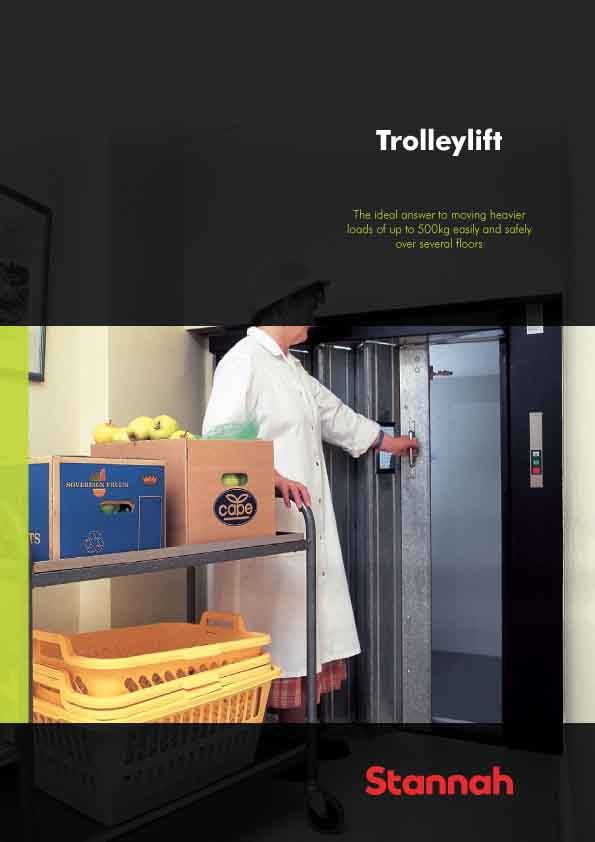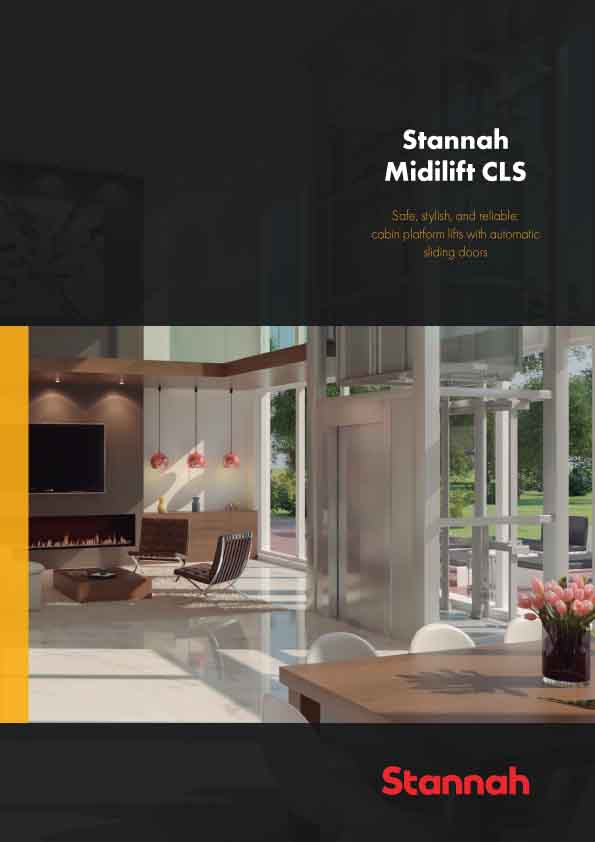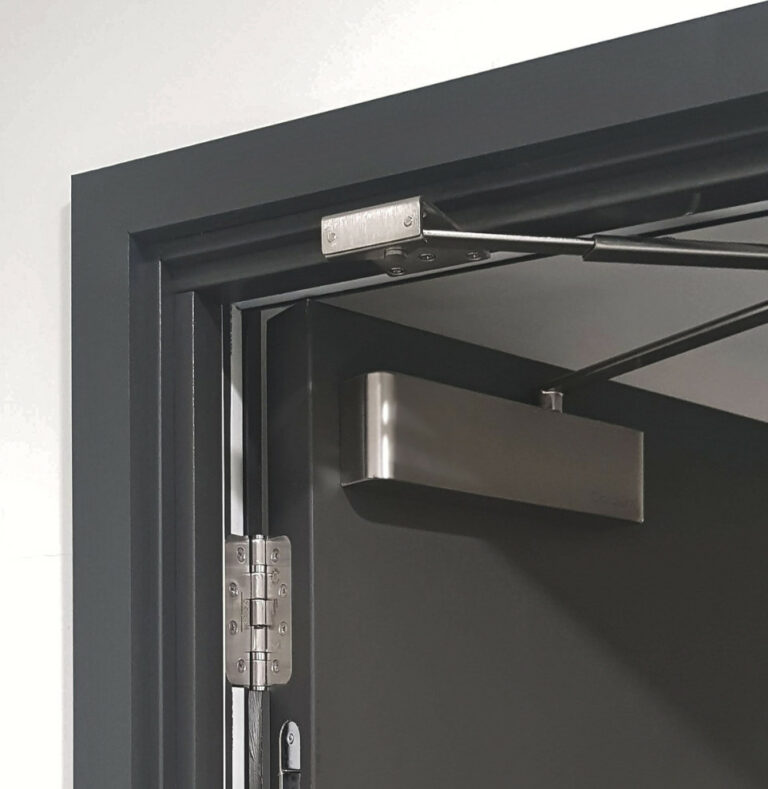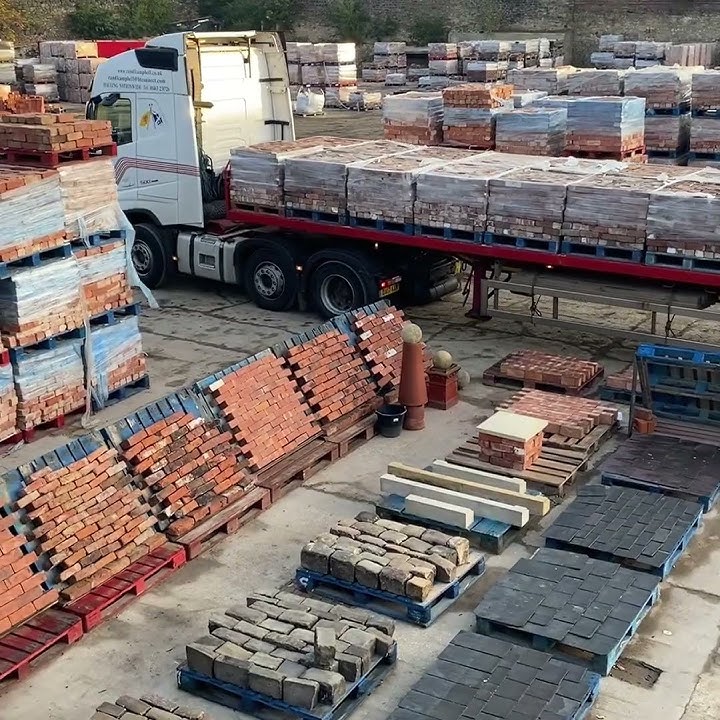A new white paper from The Rooflight Association reports how natural light and the significant daylighting potential of rooflights can make a substantial contribution to sustainability, health and compliance goals in a rapidly evolving built environment.
Prepared by Emeritus Professor John Mardaljevic of Loughborough University, ‘The Benefits of Rooflights for the Daylighting of Buildings’ study was commissioned to better understand the impact of daylighting on human health, occupant wellbeing, and the everyday operation of non-residential buildings, and the role well-designed rooflights play in this.
The study explores the beneficial effects of daylighting which include: a connection to the outside and natural dynamic changes of daylight inside the building which is essential to promote a healthy 24-hour circadian rhythm. Daylight has been shown to enhance alertness and the concentration of occupants. Well daylit spaces are associated with improved staff retention and reduced absenteeism. Exposure to sufficient levels of daylight is believed to support the long-term health and wellbeing of occupants.
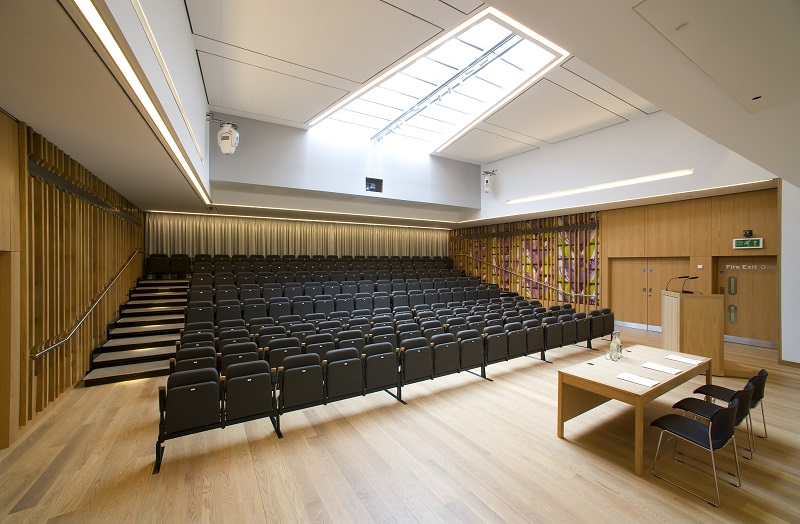
Image: Cats Auditorium - TimRawle
There are commercial and environmental advantages too, with the potential to reduce electric lighting consumption and increase asset value and space utilisation.
The white paper goes on to explain ‘…why the potential for effective exploitation of daylight in buildings with rooflights is much greater than […] buildings with vertical glazing.’ It considers factors such as the structure of the building, solar dynamics, light propagation, and user behaviour relating to manually controlled blinds.
Energy savings are demonstrated in a case study which uses a 3D model based on a typical large-span industrial roof lit building provided by Rooflight Association member, Brett Martin.
The data reveals a typical roof lit building has considerable potential to reduce electric lighting energy consumption by using daylight effectively and that this is currently under exploited, ‘perhaps to a significant degree.’ The study recommends electric lighting be dimmed, or even switched off entirely, in response to available daylight to realise significant savings.
To take advantage of daylighting, the report summarises ‘designers should consider daylight to be an essential element in building design’ and should maximise ‘the useful levels of daylight within their designs, where possible...’ and that a ‘sufficient provision of rooflights is essential to achieve the wide-ranging benefits of daylight’.
“This white paper comes at a critical time,” comments Paul Smith, chair of The Rooflight Association’s Technical Committee. “The UK construction industry is under increasing pressure to deliver sustainable, healthier buildings which means daylighting is no longer an option – it’s a necessity. This document offers evidence-based guidance that supports better, more energy-efficient building design, including the significant daylight potential afforded by rooflights. We believe this study will help the sector evolve and encourage stakeholders to realise the true value of this natural resource.”
Download the white paper for free at rooflightassociation.org.












